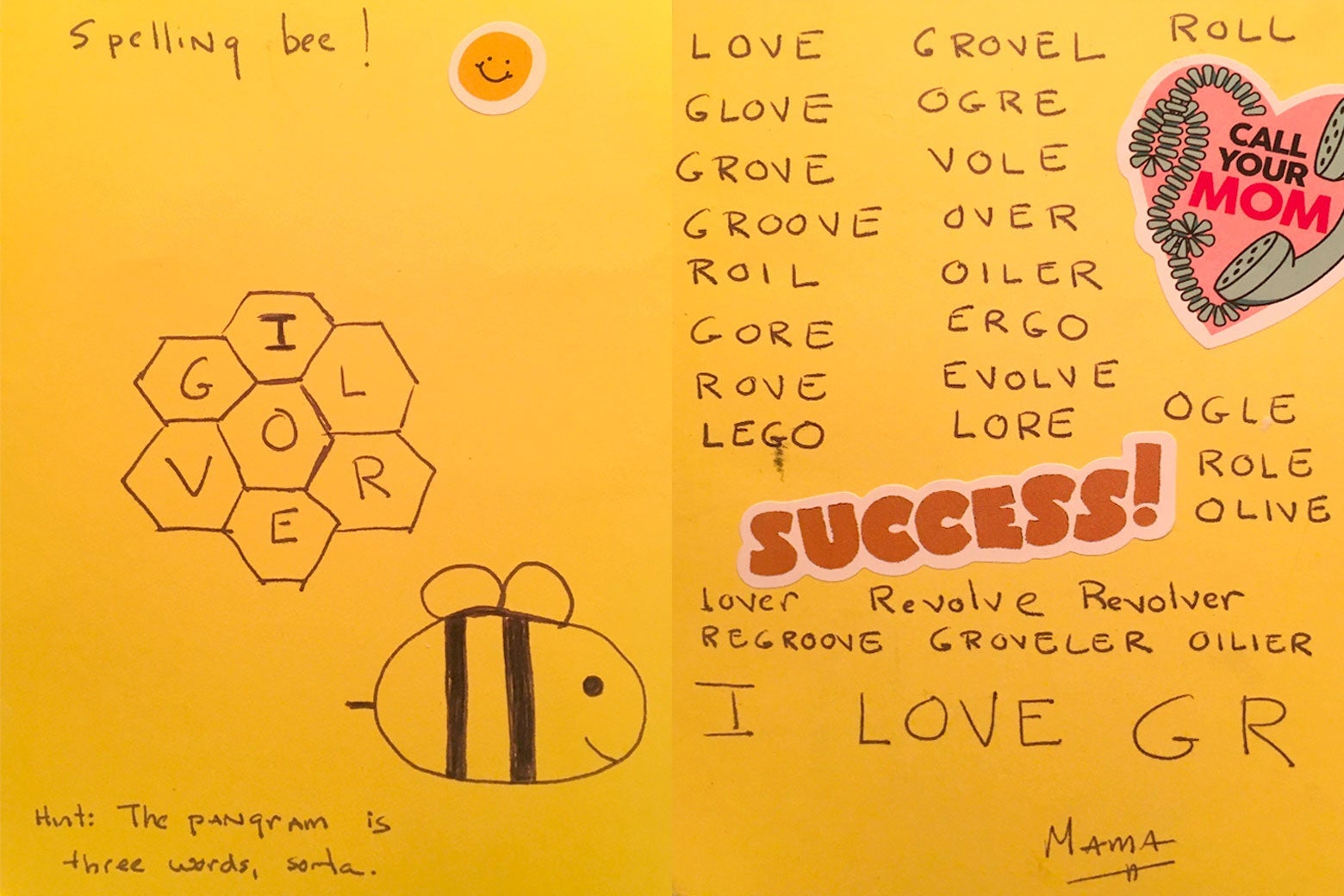

The website, called Paraulògic, went viral in Catalonia a month after its launch. The same concept was adapted to the Catalan language by a non-profit in November 2021. Several online tools have been created to provide daily hints and analysis of the puzzle, among them one by science fiction author William Shunn. In addition to its reception among critics, the game has also spawned a significant following on social media, with players posting their scores and discussing each day's word selections on Twitter. Jim Memmot of the Rochester Democrat and Chronicle similarly praised the game as a pleasant pastime during the COVID-19 pandemic. Nilanjana Roy of the Financial Timespraised the game as one of the best ways to pass the time and connect with friends during the COVID-19 pandemic lockdowns. Pat Myers of The Washington Postwrote that, despite being a lifelong promoter of The Washington Post, she found herself in "the thrall of the New York Times Spelling Bee game". Since its online debut in 2018, Spelling Bee's popularity has grown and the game has received praise from other game makers in the media industry. As of August 2021, the game is maintained by Sam Ezersky, who is responsible for constructing the daily puzzle, which goes live at 3 A.M. The cartoon bee mascot, Beeatrice, was designed by Robert Vinluan for the digital version. The game's digital version debuted on May 9, 2018. The game launched in its print format in 2014 as a weekly feature in The New York Times Magazine. Spelling Bee was created by Frank Longo following a proposal from Will Shortz, who was inspired by the puzzle game Polygon from The Times. If the player finds all of the possible words in a given puzzle, they achieve the title of "Queen Bee". Each puzzle is guaranteed to have at least one pangram, which awards the player the largest number of points when found. Scoring points leads to progressively higher praise for the player's effort, such as "Solid", "Amazing", and "Genius". However, any words proposed by the player must include the letter at the center of the honeycomb. The player scores points by using the letters to form words consisting of four or more letters. The game presents players with a grid of 7 letters arrayed in a honeycomb structure. The sole pangram of this puzzle was "inflect". Gameplay A partially completed version of the Augpuzzle. Created by Frank Longo, the game debuted in a weekly print format in 2014, with a digital daily version with an altered scoring system launching on May 9, 2018. The New York Times Spelling Bee, or simply the Spelling Bee, is a word game distributed in print and electronic format by The New York Times. If the letters are on the board, something like adding an -s, -ed, or -ing will instantly boost your scores.2014 video game The New York Times Spelling Bee This can easily be done by adding common prefixes or suffixes to words.
#Nyt spelling bee queen bee how to
Strategy wise, it’s worth the effort to figure out how to make a four-letter word a five-letter word. When Genius level is low (50s or 60s), it’s almost a requirement to get the pangram. There is guaranteed to be at least one pangram per puzzle. Players receive an extra seven points for doing so. The pangram is when you use all seven given letters in one-word. The last way to score points is by finding the NYT Spelling Bee Pangram. A twelve-letter word would receive twelve points. That one extra letter between a four-letter and a five-letter word makes all the difference.

So a five-letter word earns you five points. Starting with five-letter words, players receive one point per letter. With Genius level sometimes being over 200, you’ll never get there only with four-letter words. At a minimum, a word must have at least four letters. The New York Times Spelling Bee has a pretty simple scoring system.


 0 kommentar(er)
0 kommentar(er)
